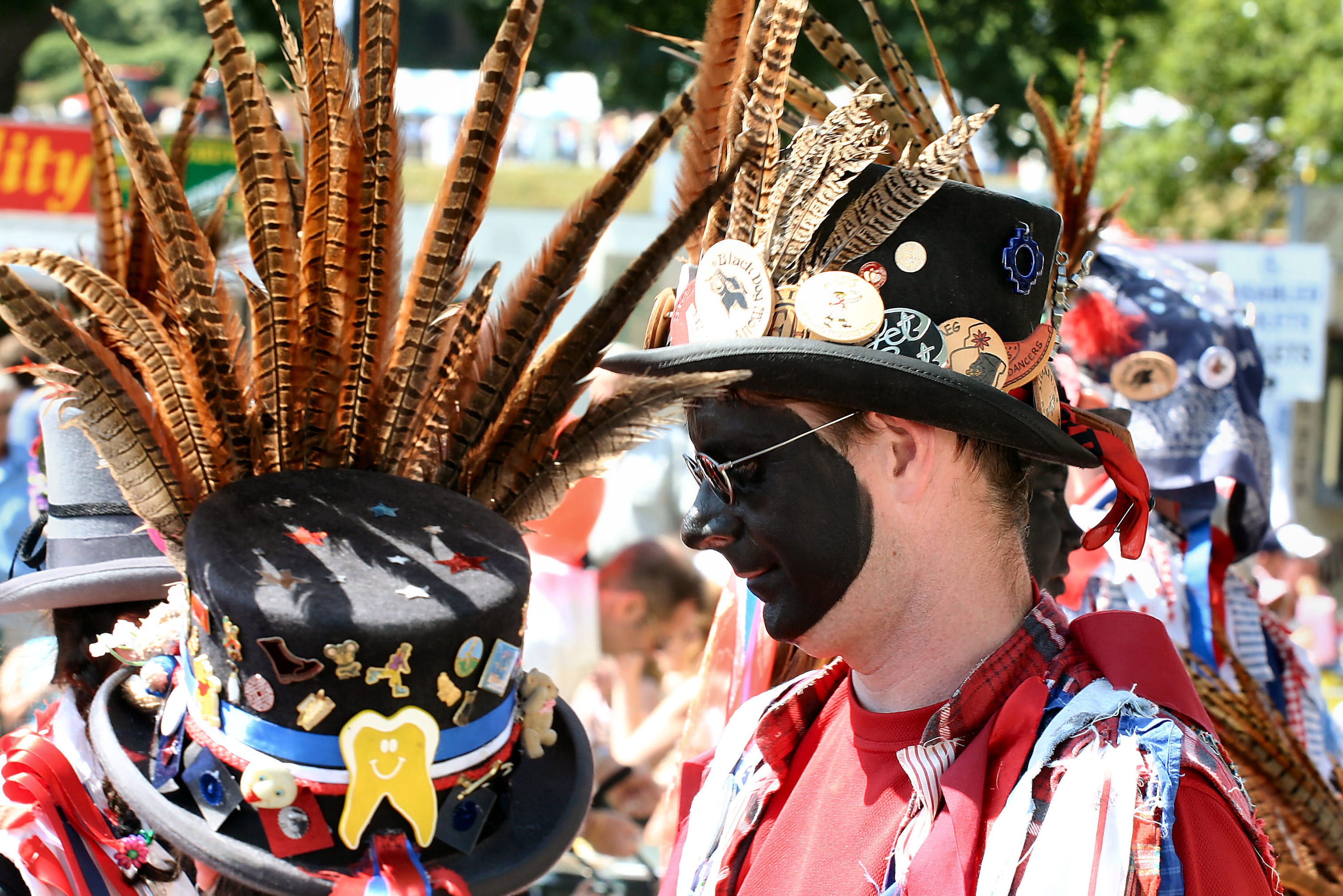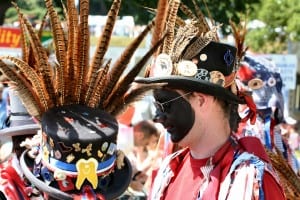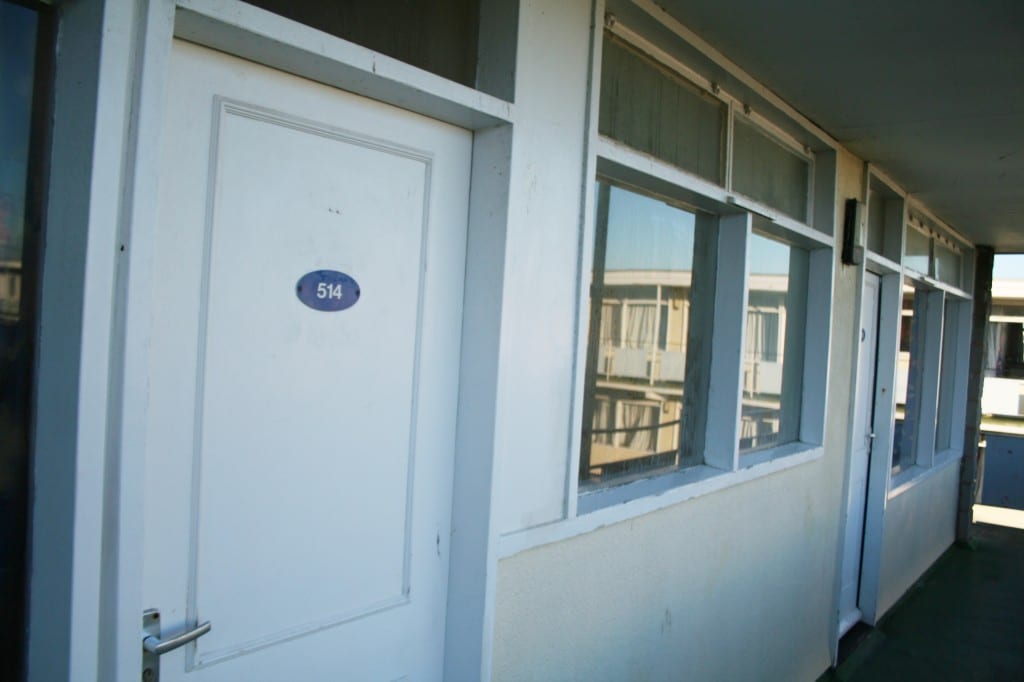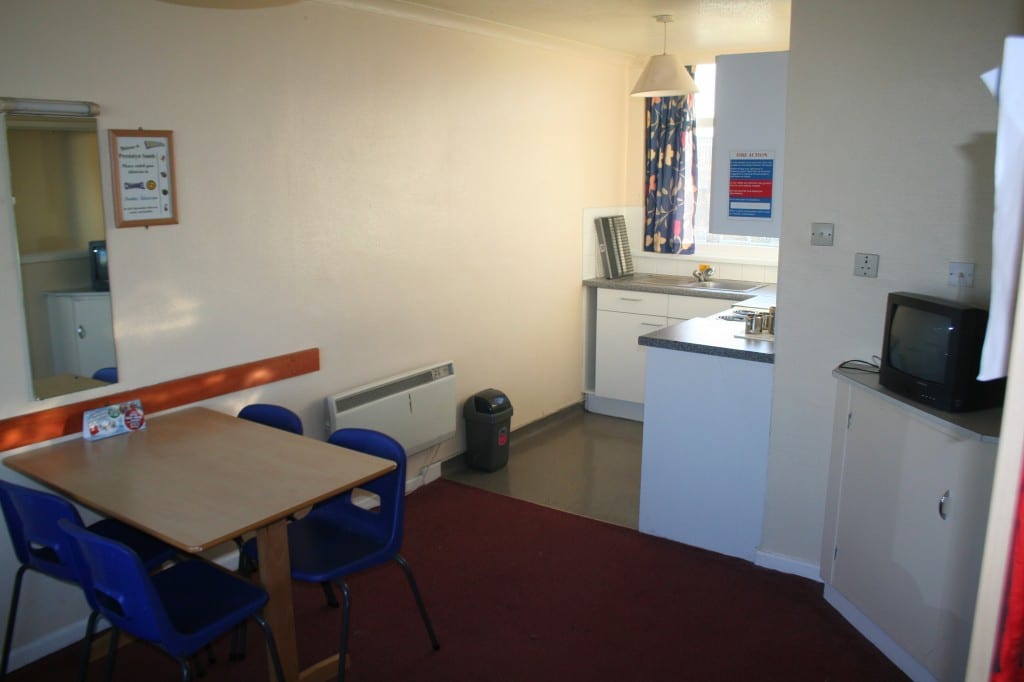Modern & Relevant

 For many, the first thing to come to mind when talking about Girl Guides is singing the traditional Ging Gang Goolie round the campfire or saluting the flagpole. But modern guiding is much more than this.
For many, the first thing to come to mind when talking about Girl Guides is singing the traditional Ging Gang Goolie round the campfire or saluting the flagpole. But modern guiding is much more than this.
Founded in 1910 by Robert Baden-Powell, the Girl Guides Association aimed to provide girls with skills for life. But over its 100 year history, this has undergone a dramatic change, along with many of the other traditions.
Now broken into four separate groups, Rainbows, Brownies, Guides and the Senior Section, the popularity ofthe association has never been as strong.
The Girl Guides boasts over half a million members and a further 48,000 girls and young women on waiting lists to join their local pack. It is the largest voluntary organisation for young women and girls in the country.
Maureen Rigg, 64, first joined the association aged eight, when it was a very different experience. She went on to become a guide leader for the 1st Egglescliffe Guides and has recently retired after being involved with the organisation for just over 50 years.
Throughout her time within the movement, she has seen it change dramatically, and vividly describes how barn dances have been replaced by the Big Gig at Wembley Stadium, which features chart-toppers such as Pixie Lott.
“ I also learnt that girls could do lots of things which many people thought were more suitable for boys.”
Maureen still holds fond memories of her experiences as a Guide, especially the values and techniques it taught her, she says: “I learned things like how to polish leather shoes properly, how to iron our uniform and how sew on buttons… I also learned that girls could do lots of things which many people thought were more suitable for boys.”
But for her, the most memorable activities were outdoors such as camping and hiking, which have become synonymous with the Girl Guides. She says, “The ones I most remember were the ones outside – fire lighting and cooking on the fire, hiking on the North Yorkshire Moors, camping, singing round the campfire and parades for Remembrance Sunday. We were very proud to be chosen to line the High Street in Stockton when the Queen came to the town.”
Whilst she recognises that the Girl Guides Association has modernised to embrace the interests of today’s youth, Maureen believes that the ethos which encourages girls to celebrate diversity, abide to healthy lifestyles and take part in novel and interesting experiences remains the same. The difference nowadays is that they use a variety of new activities to achieve the same end.
Maureen says, “There’s a much wider choice of activities now so that far more girls can find things that interest them, though some of the most popular are still the ones I enjoyed like camping and fire lighting.”
“Being an all female movement means that girls have one place to go where they don’t feel pressured to compete with or attract boys.”
“When I started there was a very strong hierarchy, military in style. The leader was called Captain, the assistant Lieutenant.”
However, the activities aren’t the only thing to have changed. The way in which the girls are involved in the whole process has been reformed, helping to replace the once formal and military style with a more relaxed and friendly approach.
“When I started there was a very strong hierarchy, military in style. The leader was called Captain, the assistant Lieutenant and so on. There was a lot of marching and saluting with emphasis on doing it smartly. By the time I retired such things were done as part of the history of Guiding.”
Kate Sharp, 27, is part of the new generation of Guiding and has been an active member of the organisationfor nearly 20 years, after joining as a Brownie in 1991. Now a programme leader for Salem Guides in Cheltenham, she agrees that Guiding remains beneficial for young girls and says that it has offered her many opportunities and allowed her to make achievements that she is proud of.
“I achieved my Queen’s Guide Award, the highest award for 16-25 year olds to gain in Girlguiding UK, which was a rewarding challenge.”
“I worked in partnership with the Bristol CREATE Centre to create an eco-exhibition, challenged myself to improve my tatting (a retro lace-making hobby) with ladies in Leicestershire; attended an international camp as part of the craft team; and will visit the House of Lords for my award presentation…. There are so many varied opportunities available if you want them.”
“There was always the same promise to do our best, always a respect for others and a sense of duty to do things for others.”
But, for Kate her role is also about empowering young girls, an area that she believes makes Guiding and its values remain relevant in Britain.
“I love helping girls to become confident and independent, empowering them to face challenges, think creatively and help other people.”
“In an age of worry about overprotecting young people, allowing guides to cook their own breakfast on a fire they’ve made at camp is such a privilege. Guides are much better prepared for life after and outside school than those not involved in the movement because they’ve been allowed the space to develop organisational skills, and responsibility for themselves and for others.”
The recent Girl Guides Association Annual Review proves that the experiences on offer are exciting and a long way from those that Maureen took part in.
In 2009, 69,000 girls rode jet skis, surf boards and kayaks whilst 27,000 learnt to climb. Kate explains that: “It tries hard to be modern and relevant; there’s more emphasis on fun than duty, and the interest badges, programme and uniform are frequently modernised, in consultation with members.”
Maureen supports this new wave of empowerment which helps to give girls confidence, even if it means it’s a more difficult job for the leaders.
“There’s much more emphasis on the girls having a say in what they do and how they do it now, and that’s good… It’s very challenging for the Guider as they have to be aware of the wishes and needs of every girl much more than when I was first a Guider.”
But, during Maureen’s time as both a young Guide and a leader, some things never changed.
“There was always the same promise to do our best, always a respect for others and a sense of duty to do things for others.”








